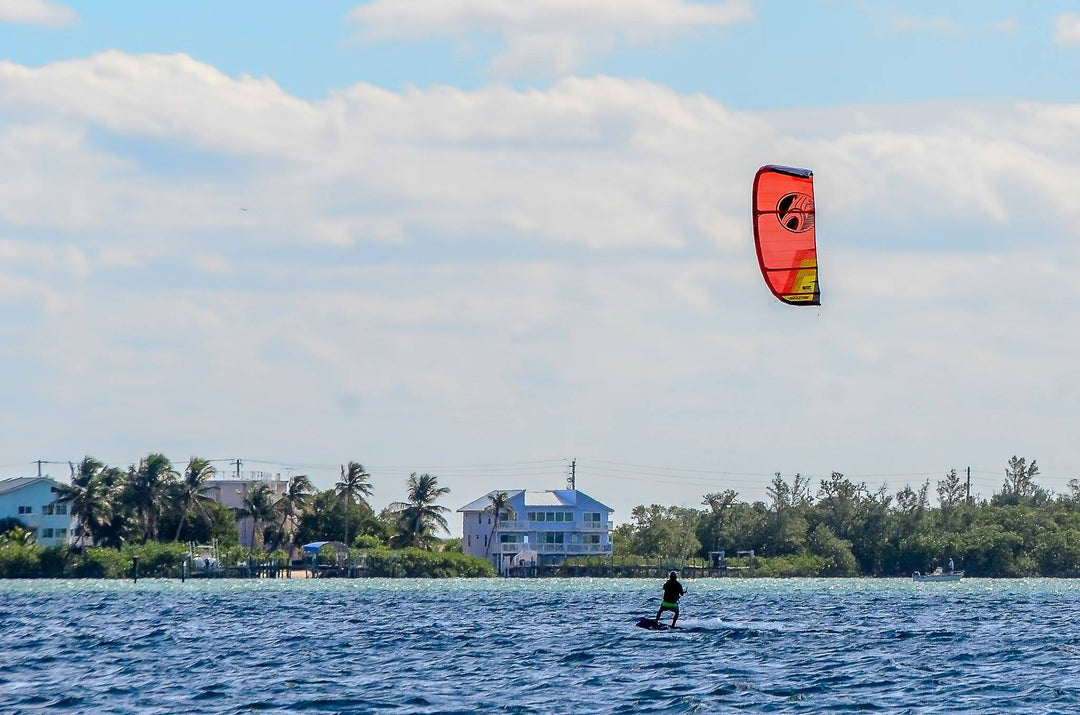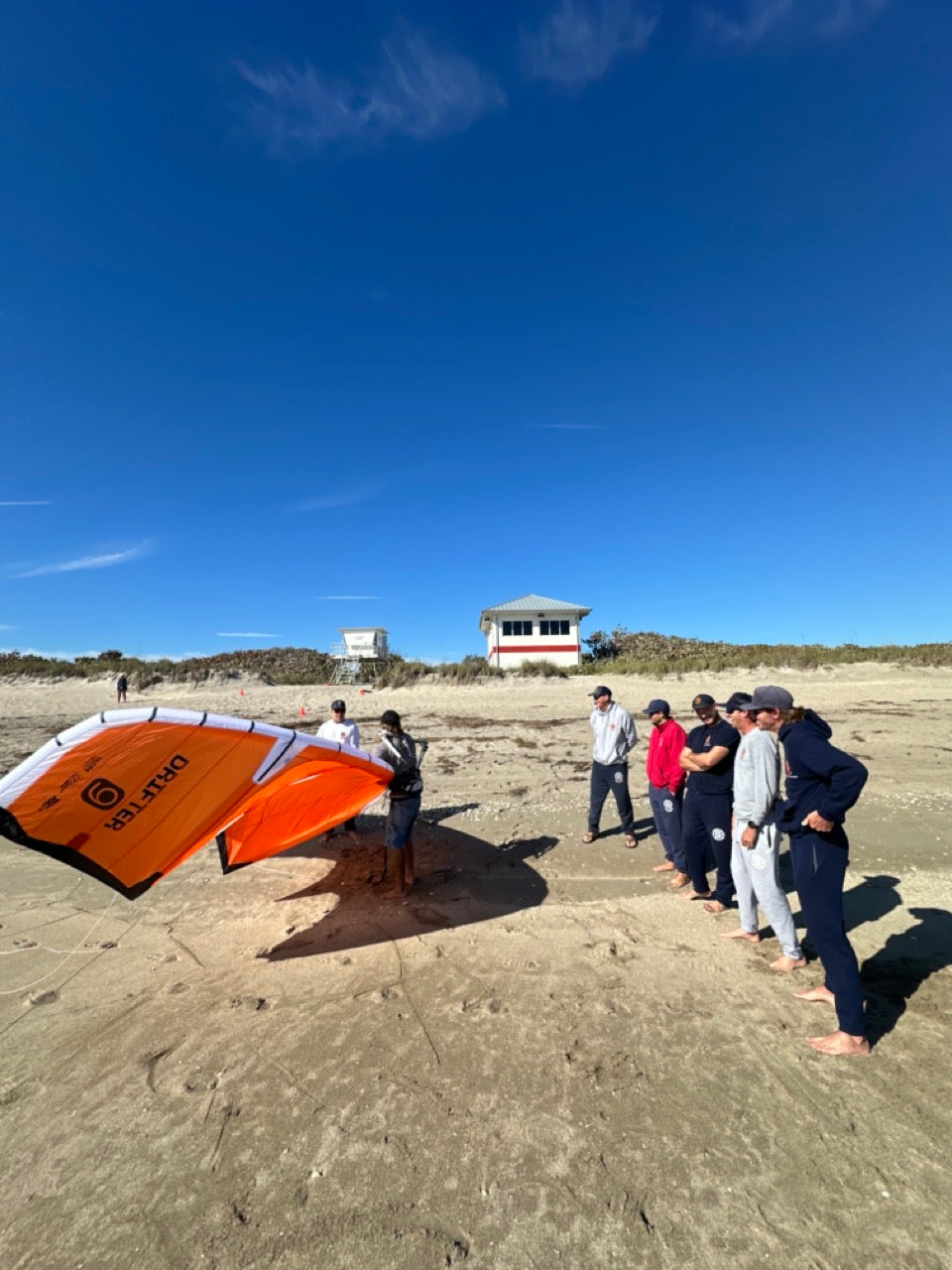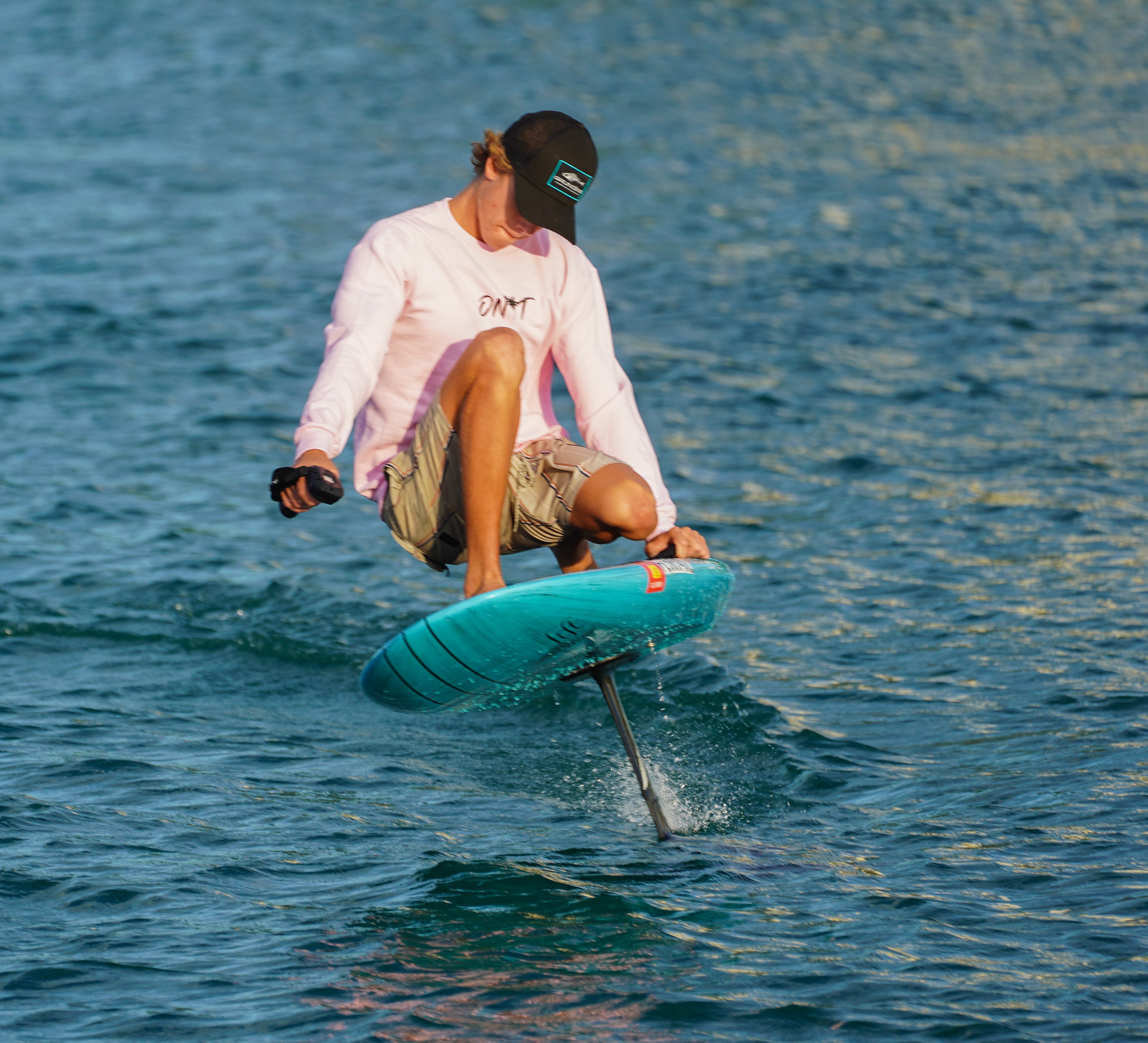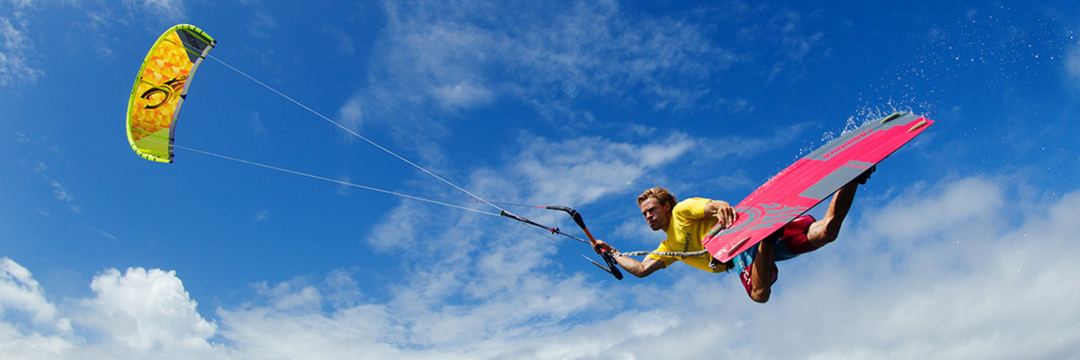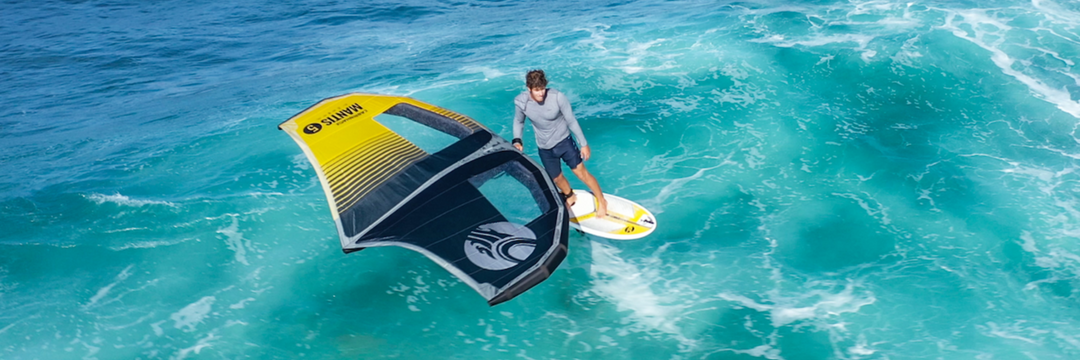How To Repair Your Kite
Comprehensive Guide to Kite Repairs
Welcome to your go-to guide for kite repairs! Whether you're a seasoned kitesurfer or just starting out, maintaining and repairing your kite is essential for both performance and safety. At our kite repair shop, we're here to help you keep your gear in top shape, but with this guide, you can also handle many common repairs yourself.
Understanding Your Kite's Anatomy
Before diving into repairs, it’s important to understand the key parts of your kite:
- Canopy: The fabric body of the kite that catches the wind.
- Leading Edge (LE): The front part of the kite, usually inflated to provide shape and structure.
- Struts: Air-filled tubes running from the leading edge to the trailing edge for support.
- Bridle: A system of lines attached to the leading edge and struts to control the kite’s angle and shape.
- Bladder: The inflatable plastic tubing inside the leading edge and struts.
Common Kite Repairs
Fabric Tears and Puncture Repairs
- Clean the Area: Ensure the damaged area is clean and completely dry.
- Apply a Patch: Use self-adhesive repair tape for small tears. For larger tears, sew the fabric first and then apply repair patches on both sides of the canopy.
Pro Tip: Visit our shop for high-quality repair tapes and materials for a seamless fix.
Leading Edge and Strut Repairs
- Identify the Damage: Look for punctures, tears, or seam failures.
- Sewing: Use strong nylon thread to sew torn seams.
- Patching: Apply patches over holes, similar to fabric repairs.
Need Help? We specialize in leading-edge repairs that require precise stitching and reinforcement.
Bridle Adjustments and Replacements
- Inspect: Check for worn or frayed lines.
- Adjust: Refer to your kite’s manual for proper alignment.
- Replace: Swap out damaged lines with new ones of the same specifications.
Save Time: Drop by our shop to have your bridle professionally inspected and replaced.
Bladder Leaks and Replacements
- Locate the Leak: Inflate the bladder and use soapy water to find escaping air (bubbles).
- Repair or Replace: Patch small leaks with a repair kit or replace the bladder entirely for larger issues.
Bladder Replacement Service: Bring your kite to us for quick and hassle-free bladder repairs or replacements.
Valve Problems
- Diagnose: Check for air leaks or detachment from the bladder.
- Repair: Use a valve repair kit for reattachment or sealing leaks.
Contact Us: We carry high-quality valve kits and offer professional installation services.
Canopy Resealing and Reinforcement
- Sewing: Use UV-resistant thread to sew tears along seams. For thick materials, a heavy-duty sewing machine may be required.
- Reinforcement: Apply Dacron tape along the repaired area for added durability.
Let Us Handle It: We offer expert canopy repairs with industrial-grade tools.
Lines and Harness Repairs
- Inspect: Regularly check your lines for fraying or damage.
- Replace: Use matching specifications for replacement lines.
Professional Support: Get perfectly matched replacement lines at our shop.
Tools and Materials You’ll Need
- Kite repair tape
- Nylon or Dacron thread
- Sewing machine (for heavy-duty repairs)
- Bladder repair kit
- Valve repair kit
- Replacement lines
- Scissors
- Clean cloth
- Soapy water
Tips for Successful Repairs
- Cleanliness Matters: Always clean and dry the area before applying patches or sewing.
- Zigzag Stitch: Use a zigzag stitch for stronger seams.
- Bladder Patching: Apply pressure on bladder patches for at least 30 minutes to ensure a strong seal.
- Regular Maintenance: Inspect your kite after every session to catch potential issues early.
Stay Ready: Schedule a maintenance check at our shop for peace of mind.
Why Choose Our Kite Repair Shop?
- Expert Repairs: From minor tears to complete overhauls, our team has you covered.
- Quality Materials: We use only the best materials to ensure durability and performance.
- Fast Turnaround: Get back on the water quickly with our efficient kite & wing repair services.
- Professional Advice: Not sure about a repair? Consult with our experts for guidance.
Contact Us Today! (561) 203-4542. Whether you need a quick fix or a full repair, we’re here to help. Visit us in-store or give us a call to get started. Your kite’s safety and performance are our top priorities.
By following this guide or taking advantage of our professional services, you can ensure your kite is always in peak condition. Happy kitesurfing, and may your kite fly high and true!




